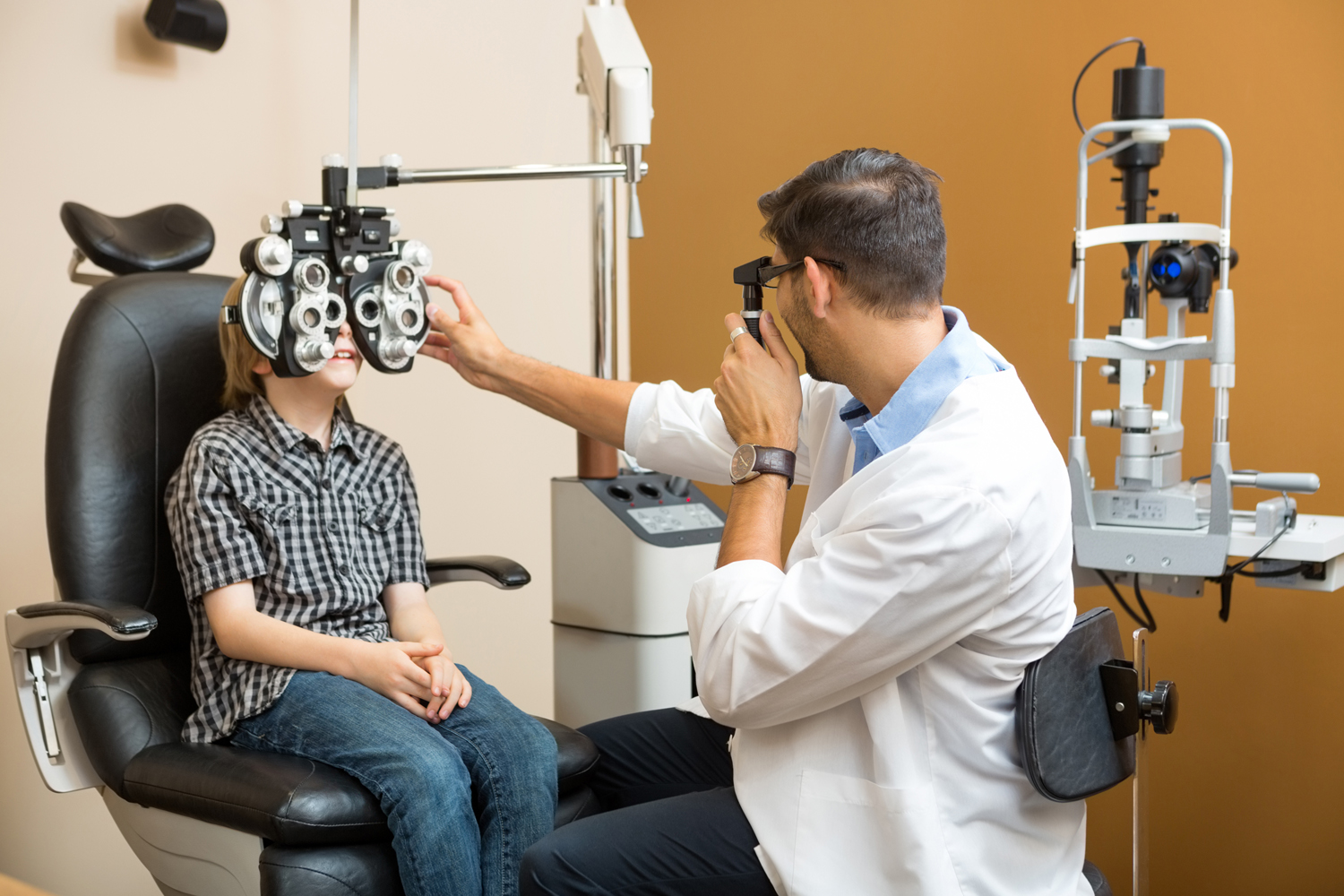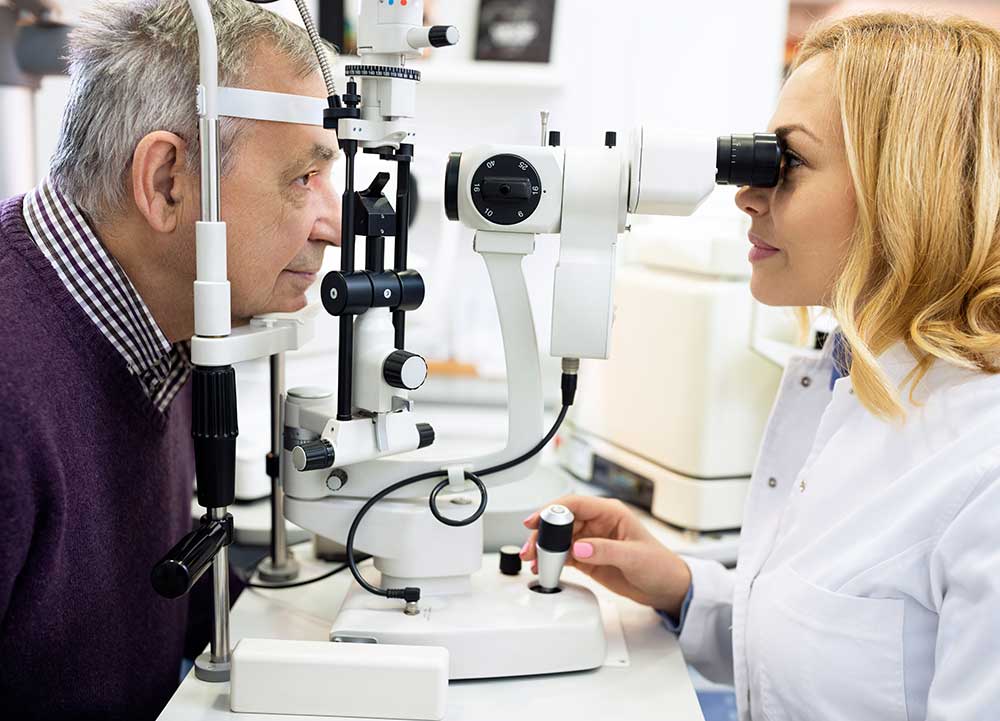Why Choosing an Eye Doctor Optometrist is Important for Your Eyes
Why Choosing an Eye Doctor Optometrist is Important for Your Eyes
Blog Article
Checking Out the Most Recent Technological Improvements in Optometry and What They Mean for Optometrists
In the ever-evolving area of optometry, current technical improvements are reshaping just how practitioners approach eye care. From the accuracy of Optical Coherence Tomography to the nuanced understandings supplied by AI-driven diagnostic devices, these developments are setting brand-new standards in person analysis and treatment. Teleoptometry is positioned to redefine ease of access, ensuring that know-how transcends geographical constraints. As these improvements permeate the technique, optometrists are confronted with the obstacle of welcoming these devices to boost individual outcomes. The concern continues to be: exactly how will these technical shifts redefine the functions and duties within the occupation?
Innovations in Diagnostic Devices
Advancing the field of optometry, developments in analysis devices have changed the way eye treatment specialists examine and detect aesthetic problems and eye problems. The previous decade has actually witnessed significant technical developments, making it possible for even more exact and comprehensive analyses. Optical Comprehensibility Tomography (OCT), for instance, provides high-resolution cross-sectional photos of the retina, permitting the early detection of illness such as glaucoma and age-related macular degeneration. This non-invasive imaging technique has ended up being crucial in modern optometric method.
Another secret innovation is the introduction of advanced corneal topography systems, which map the surface curvature of the cornea with accuracy. These devices are particularly useful for suitable contact lenses and identifying corneal disorders. Additionally, digital retinal imaging has actually transformed typical ophthalmoscopy, supplying in-depth, scenic sights of the retina that promote complete aesthetic evaluations.
The growth of wavefront aberrometry has actually also been important, enabling the analysis of refractive errors with unrivaled accuracy (Eye Doctor Optometrist). This technology assists in personalizing rehabilitative lenses and enhancing medical end results for refractive surgeries. Jointly, these diagnostic developments equip optometrists to provide premium patient care, ensuring early intervention and tailored treatment strategies, eventually enhancing aesthetic health results
AI in Individual Administration
Building on the foundation of innovative analysis tools, the incorporation of man-made knowledge (AI) in patient management represents a transformative jump for optometry. AI systems are significantly utilized to improve effectiveness, accuracy, and customization in client treatment.
In addition, AI-driven systems help with structured person interactions and administrative processes. Automated scheduling, digital consultations, and individualized follow-up strategies not only boost person complete satisfaction yet additionally enhance time administration for professionals. These systems can triage clients based on the urgency of their conditions, ensuring that those in important demand get punctual attention.
In addition, AI boosts decision-making by supplying eye doctors with evidence-based suggestions and therapy pathways. By incorporating data from digital wellness documents, AI tools provide insights that inform clinical decisions, reducing the threat of mistakes and boosting individual end results. As AI remains to advance, its function in client administration will likely broaden, improving the landscape of optometric treatment.
Developments in Retinal Imaging
In the world of optometry, retinal imaging has actually observed exceptional technological improvements that are boosting diagnostic abilities and patient care. Innovations such as Optical Comprehensibility Tomography (OCT) and fundus digital photography have revolutionized exactly how optometrists evaluate the retina and envision.
Enhanced imaging modalities like OCT angiography are additional refining analysis precision. This non-invasive technique maps blood flow in the retina, providing critical insights into vascular wellness without the need for dye injections. In addition, flexible optics technology is being incorporated into retinal imaging systems to correct ocular aberrations, supplying extraordinary image quality. Such improvements assist in the identification of min retinal adjustments that might signify condition development. my sources
In addition, developments in artificial intelligence are boosting retinal imaging by allowing automatic evaluation of huge datasets. These systems aid optometrists in determining patterns a measure of pathology, therefore boosting analysis accuracy and efficiency. Jointly, these developments are transforming retinal imaging into a foundation of modern eye care, improving outcomes and expanding healing possibilities.
Teleoptometry's Growing Duty
Teleoptometry is progressively ending up being a crucial component of eye treatment, driven by innovations in digital communication and analysis tools. As optometry embraces digital transformation, teleoptometry facilitates remote assessments, allowing optometrists to extend their solutions past conventional boundaries. This is specifically beneficial in underserved and rural areas where accessibility to specialized eye treatment is commonly restricted. By leveraging high-resolution video conferencing and advanced retinal imaging, eye doctors can perform detailed eye examinations from afar, making sure prompt diagnosis and therapy.
The integration of man-made knowledge (AI) more improves teleoptometry, allowing the evaluation of aesthetic data and aiding in the discovery of eye conditions such as glaucoma and diabetic person retinopathy. AI-powered formulas can quickly interpret intricate imaging data, giving eye doctors with useful insights that strengthen professional decision-making.
Furthermore, teleoptometry supports connection of treatment via seamless integration with electronic wellness documents (EHRs), permitting optometrists to preserve detailed patient histories. This makes sure that clients get tailored and consistent care also when seeking advice from with various practitioners.
Regardless of these advantages, challenges remain, including making certain information security and taking care of person assumptions. However, teleoptometry represents a significant stride towards more accessible, reliable, and patient-centered eye treatment. As technology develops, its duty is poised to increase better.

Future Patterns in Eye Treatment
A myriad of ingenious patterns is readied to reshape the future of eye care, driven by technical developments and the evolving demands of patients. One significant trend is the integration of synthetic knowledge (AI) in diagnostics, which promises to improve the precision and effectiveness of eye assessments. AI formulas can assess huge quantities of information from retinal images, possibly detecting problems like diabetic retinopathy and glaucoma earlier than conventional techniques.
Furthermore, customized medication is gaining traction in optometry, with hereditary screening educating personalized treatment strategies. This method intends to optimize person results by tailoring interventions to specific genetic accounts. Wearable technology, such as clever see this get in touch with lenses, is also imminent, providing real-time monitoring of intraocular stress or sugar levels, hence supplying constant insights right into ocular and systemic health.
The fostering of enhanced reality (AR) and digital truth (VR) in training and person education is another arising fad. These modern technologies supply immersive experiences that can improve understanding and skills both for optometrists and clients. As these patterns develop, optometrists need to stay abreast of technological advancements to offer advanced care, making sure improved individual end results and satisfaction in the dynamic landscape of eye treatment.
Final Thought

Collectively, these analysis advancements empower optometrists to provide superior client care, guaranteeing early intervention and customized treatment techniques, ultimately improving visual health outcomes.

As these innovations continue to evolve, eye doctors have to adapt and include them into method, eventually enhancing operations effectiveness and elevating the requirement of find more information eye care supplied to individuals.
Report this page